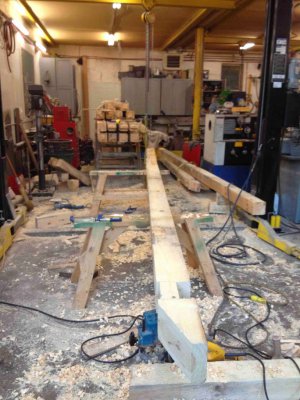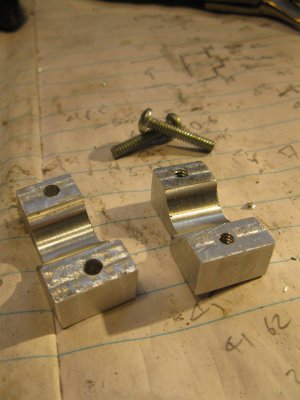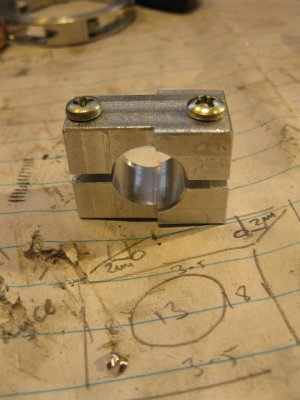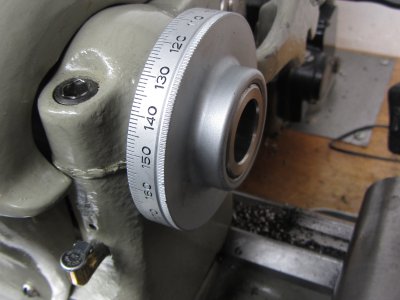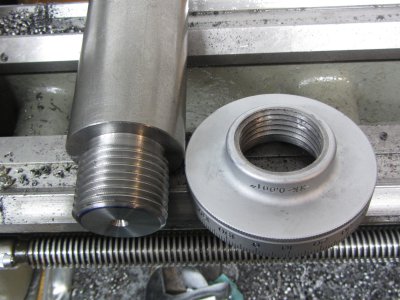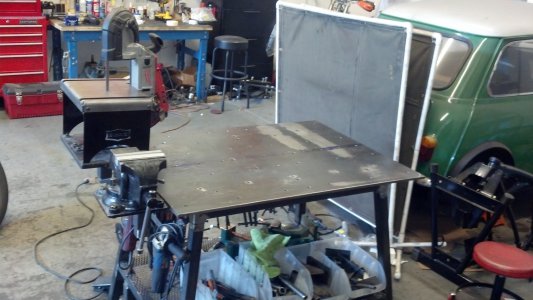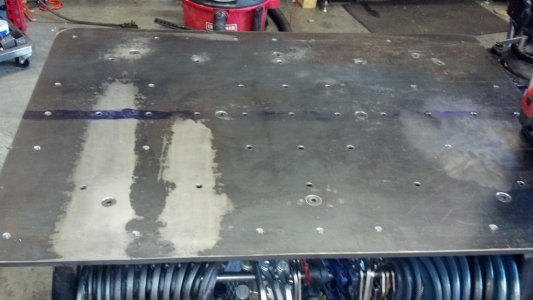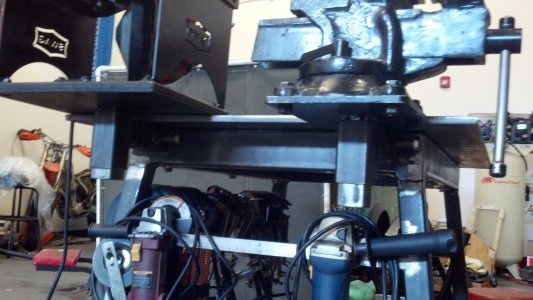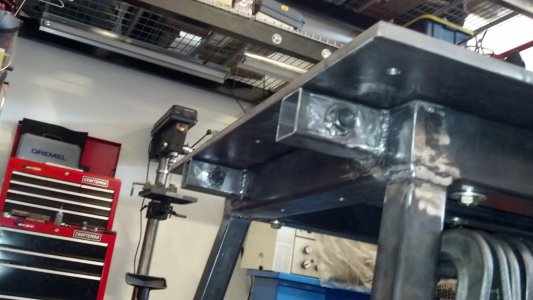- Joined
- Apr 30, 2012
- Messages
- 2,401
I have been gathering parts to add a second motor to my lathe
the original drive setup will not go any slower than 150 rpm and at times, threading can be a bit nerve racking.
I have a dc gear reduction motor that turns 200rpm at max speed and I'm going to make a mount to install it on the lathe and use it as needed. I have a power supply ordered and the pwm dc speed control. The motor has a built in electric brake to stop instantly. I may also make an adjustable carriage stop with a limit switch?
Today I made the pulley for the motor... I know pulleys are cheap but where is the fun in buying one.
Steve
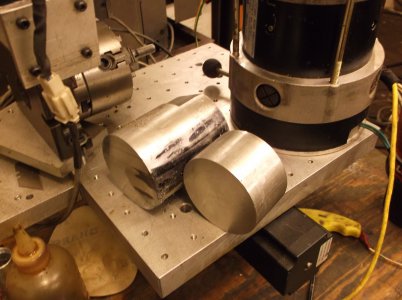
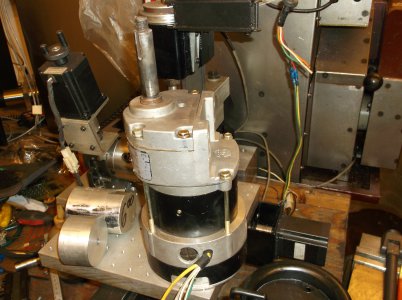
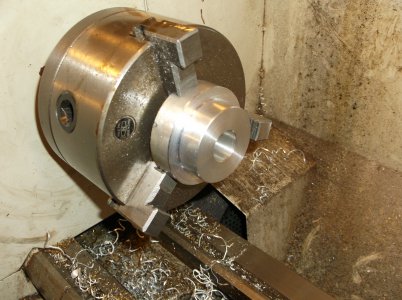
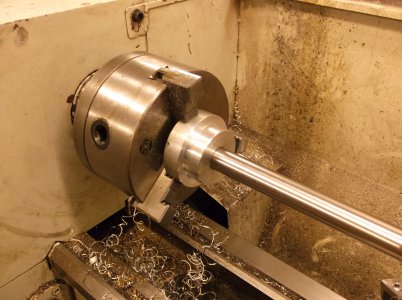
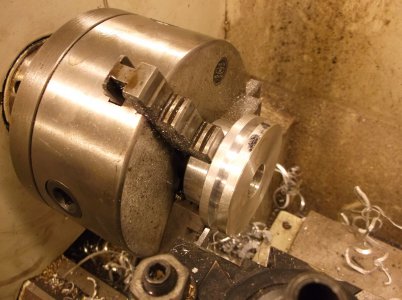
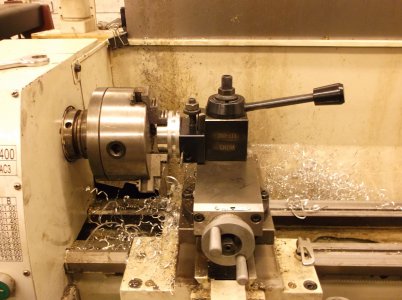
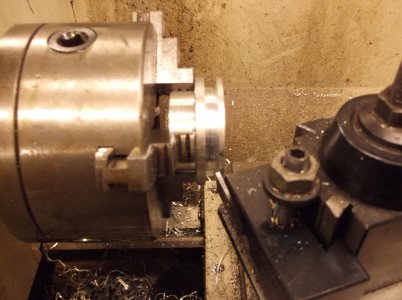
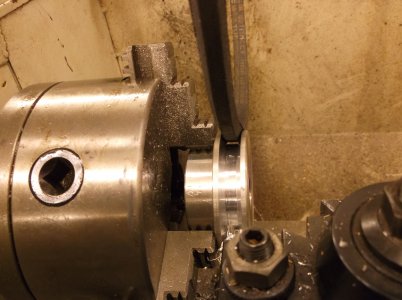
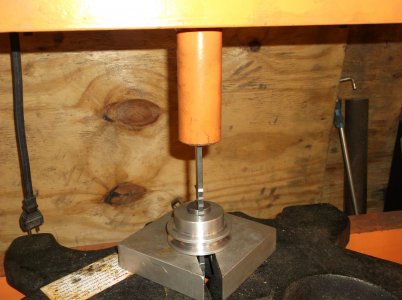
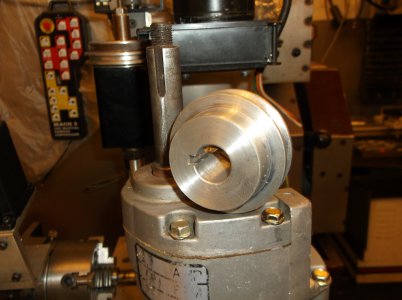
the original drive setup will not go any slower than 150 rpm and at times, threading can be a bit nerve racking.
I have a dc gear reduction motor that turns 200rpm at max speed and I'm going to make a mount to install it on the lathe and use it as needed. I have a power supply ordered and the pwm dc speed control. The motor has a built in electric brake to stop instantly. I may also make an adjustable carriage stop with a limit switch?
Today I made the pulley for the motor... I know pulleys are cheap but where is the fun in buying one.
Steve












